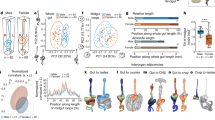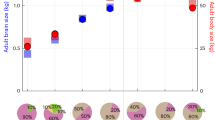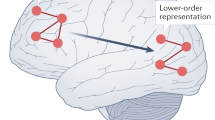Abstract
D'ARCY THOMPSON in his “Growth and Form”, Chapter xi., deals lucidly with the properties of logarithmic spirals, and the reasons for their frequent occurrence in organisms. He points out that for them to arise, (1) parts of the growing edge must be growing at different rates, the growth-rates of any two points on the edge preserving a constant ratio of growth-rates for so long as a regular logarithmic spiral is produced; (2) the growth-rate must fall off more or less steadily from one end of the growing surface to the other; (3) the products of growth must be laid on as so much dead matter, or at least matter incapable of further growth. In his own words (p. 500) the logarithmic-spiral form of an organic structure can be explained “if we presuppose that the increments of growth take place at a constant angle to the growing surface, but more rapidly at the ‘outer edge’ than at [the ‘inner edge’], and that this difference of velocity maintains a constant ratio. Let us also assume that the whole structure is rigid, the new accretions solidifying as soon as they are laid on”.
This is a preview of subscription content, access via your institution
Access options
Subscribe to this journal
Receive 51 print issues and online access
$199.00 per year
only $3.90 per issue
Buy this article
- Purchase on Springer Link
- Instant access to full article PDF
Prices may be subject to local taxes which are calculated during checkout
Similar content being viewed by others
Author information
Authors and Affiliations
Rights and permissions
About this article
Cite this article
HUXLEY, J. Growth-gradients and the Development of Animal Form. Nature 123, 563–564 (1929). https://doi.org/10.1038/123563a0
Issue Date:
DOI: https://doi.org/10.1038/123563a0
Comments
By submitting a comment you agree to abide by our Terms and Community Guidelines. If you find something abusive or that does not comply with our terms or guidelines please flag it as inappropriate.



